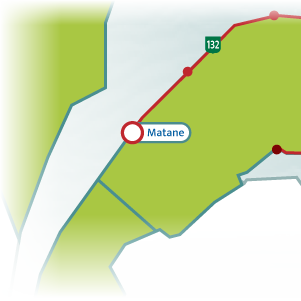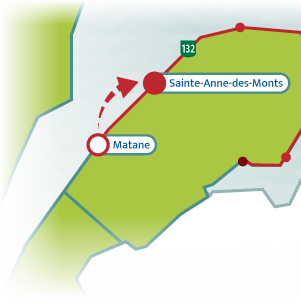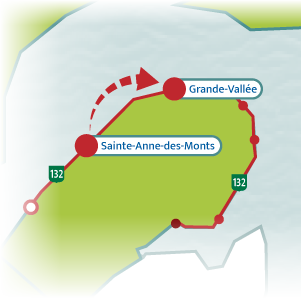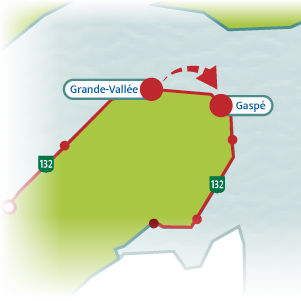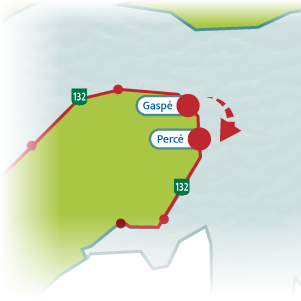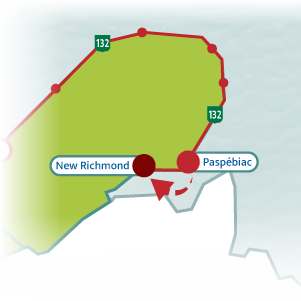
110 km (70 mi.)Percé to Paspébiac
6
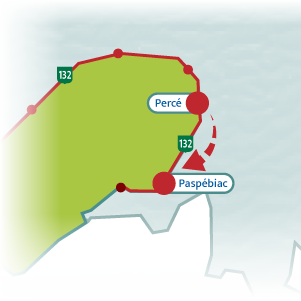
Grand Pabos Bay
The Chandler sector is worth a visit. Grand Pabos Bay, which is protected by a dyke, offers the opportunity to observe a number of aquatic bird species, including small colonies of great blue herons as well as black-crowned night herons, dabbling ducks, soras and shorebirds in season. You can also see several forest species here and cross the bridge over the river to visit the historic site of Parc du Bourg de Pabos. West of the bay, the ZEC des Anses, a controlled harvesting zone with numerous lakes, is also rich in forest species.
Port-Daniel Bay
Port-Daniel is located halfway between Chandler and Paspébiac. Large numbers of gulls gather along the bay’s shoreline near Route 132 almost year-round. A few rare bird species can be sighted here during the spring and fall, including black-headed gulls and little gulls. The best lookout is across from the train station. In addition, be sure to head to the lighthouse point to see harlequin ducks. The Réserve faunique de Port-Daniel is a good place to observe forest species, including flycatchers, warblers, vireos and buntings.

